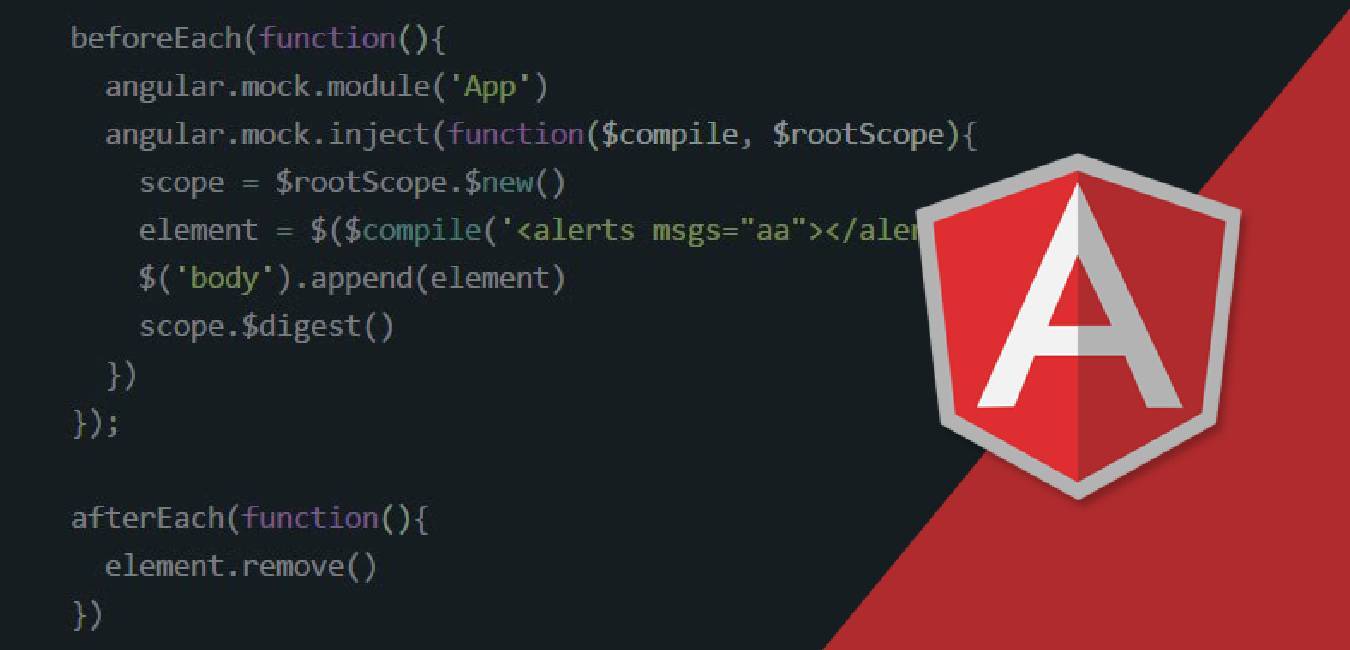AngularJS is a JavaScript framework used for building single-page applications (SPAs). It was created by Google and first released in 2010. AngularJS is based on the Model-View-Controller (MVC) architectural pattern and provides a robust set of features for building complex web applications.
Key Features of AngularJS:
1. Two-way data binding: Automatically synchronizes data between the model and view.
2. Templates: Uses HTML templates to define the structure of the application.
3. Dependency injection: Provides a way to manage dependencies between components.
4. Modules: Organizes the application into logical modules.
5. Directives: Extends HTML with custom attributes and elements.
6. Services: Provides a way to share data and functionality between components.
7. Routing: Manages client-side routing and navigation.
Advantages of AngularJS:
1. Easy to learn: Has a relatively low barrier to entry, especially for developers familiar with JavaScript and HTML/CSS.
2. Large community: Has a massive and active community, which means there are many resources available for learning and troubleshooting.
3. Robust features: Provides a wide range of features for building complex web applications.
4. Testable: Makes it easy to write unit tests and end-to-end tests.
Disadvantages of AngularJS:
1. Performance: Can be slow and resource-intensive, especially for complex applications.
2. Complexity: Has a steep learning curve, especially for developers without prior experience with JavaScript frameworks.
3. Not suitable for small applications: Can be overkill for small applications or simple websites.
When to use AngularJS:
1. Complex web applications: Suitable for building complex web applications with multiple features and requirements.
2. Enterprise applications: Often used in enterprise environments for building large-scale web applications.
3. Single-page applications: Ideal for building SPAs that require dynamic updates and real-time data binding.
In 2016, AngularJS was replaced by Angular 2, which introduced a new architecture and improved performance. AngularJS is still maintained and supported, but it’s recommended to use Angular 2 or later for new projects.
We cover the following AngularJS 2 Tags:
Directives
1. `ng-app`: Defines the AngularJS application.
2. `ng-controller`: Specifies the controller for the application.
3. `ng-model`: Binds the input field to the model.
4. `ng-bind`: Binds the HTML element to the model.
5. `ng-repeat`: Repeats the HTML element for each item in the collection.
6. `ng-if`: Conditionally includes or excludes the HTML element.
7. `ng-show` and `ng-hide`: Shows or hides the HTML element based on the condition.
8. `ng-switch`: Conditionally includes the HTML element based on the condition.
9. `ng-form`: Defines a form in AngularJS.
10. `ng-submit`: Submits the form.
Data Binding
1. `{{ }}`: Interpolates the expression and displays the result.
2. `ng-bind-template`: Binds the HTML template to the model.
Event Handling
1. `ng-click`: Handles the click event.
2. `ng-change`: Handles the change event.
3. `ng-blur`: Handles the blur event.
4. `ng-focus`: Handles the focus event.
5. `ng-keydown` and `ng-keyup`: Handles the keydown and keyup events.
Form Validation
1. `ng-required`: Specifies the required field.
2. `ng-minlength` and `ng-maxlength`: Specifies the minimum and maximum length of the field.
3. `ng-pattern`: Specifies the pattern for the field.
4. `ng-email`: Specifies the email field.
Other Tags
1. `ng-class`: Dynamically adds or removes CSS classes.
2. `ng-style`: Dynamically sets the CSS styles.
3. `ng-include`: Includes the HTML template.
4. `ng-view`: Specifies the view for the application.



